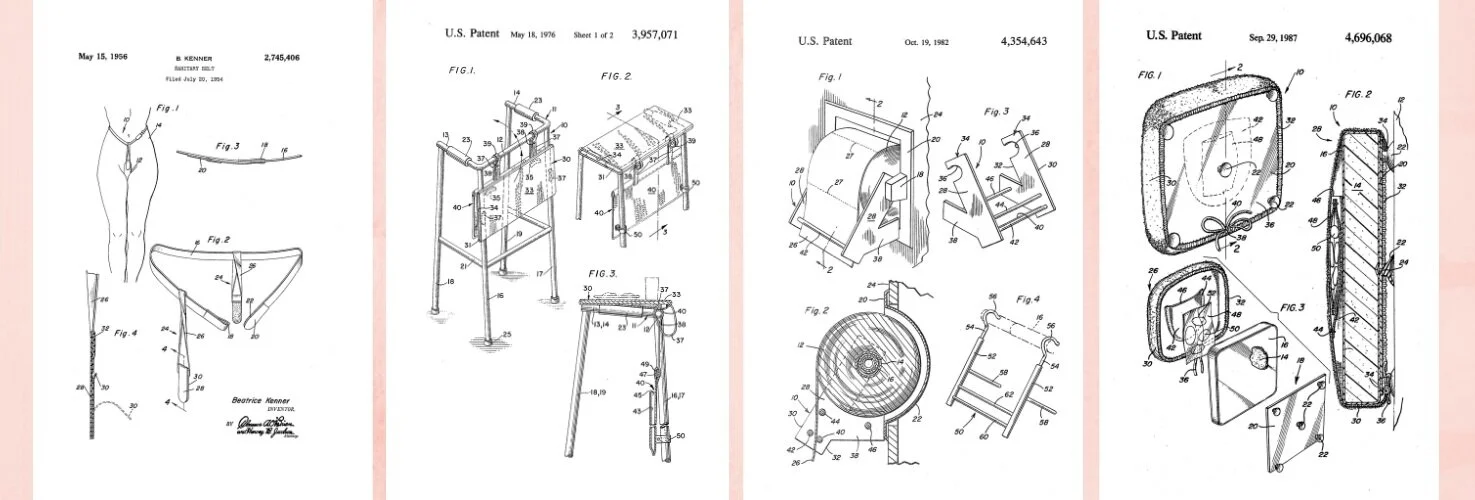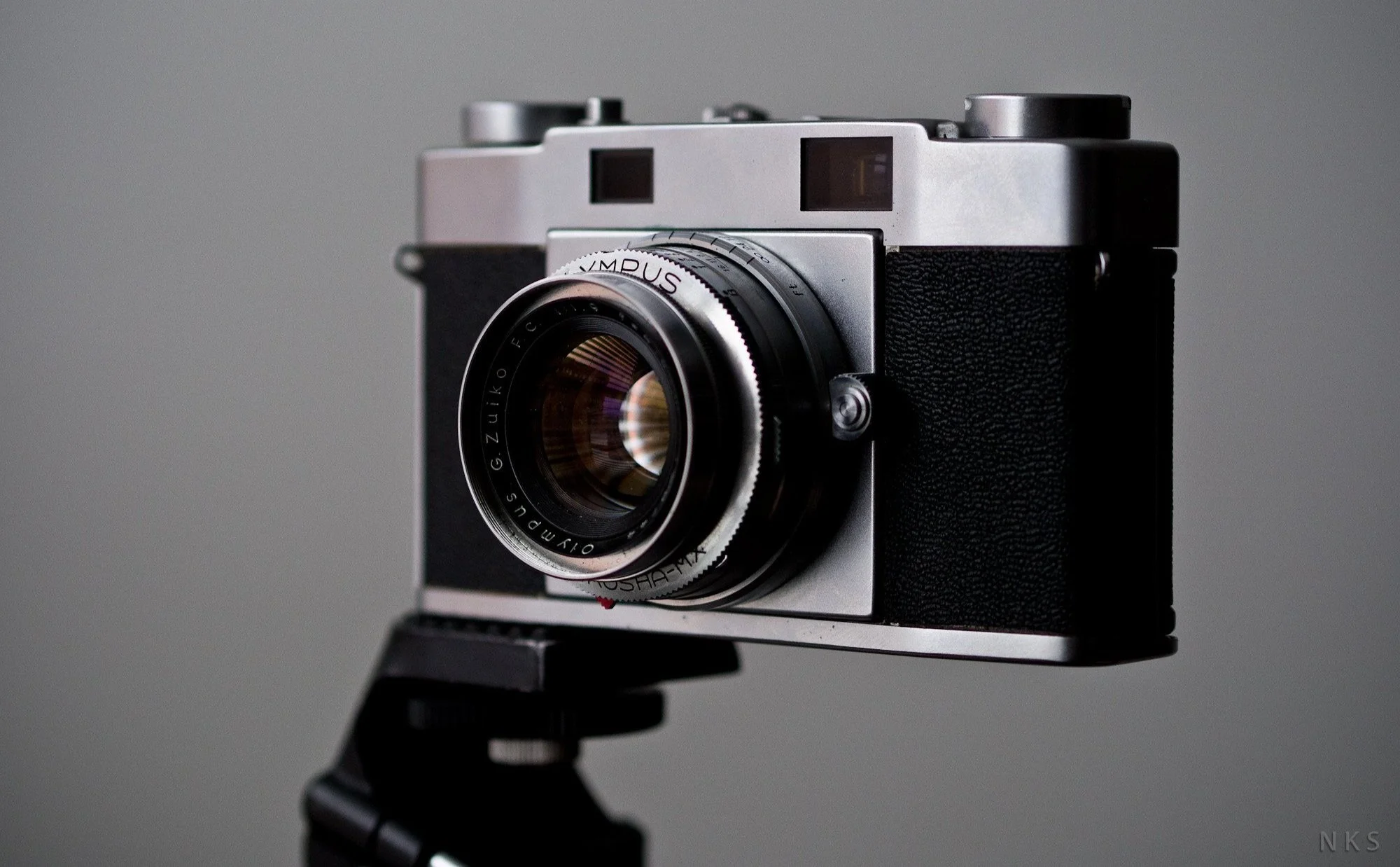The Patriarchal History of Viking Warrior Women’s Mythic Status
“A skilled amazon, who, though a maiden, had the courage of a man, and fought in front among the bravest with her hair loose over her shoulders,” is one of the scant passages in the 12th century “Gesta Danorum” that recounts the legend of the Viking shieldmaid Ladgerda.
There are many Ladgerdas throughout history; mythological women recorded (usually briefly) in medieval histories for their heroic deeds and adventures, but historical scholarship has largely ignored them. In medieval sources, such women usually play a supporting role to the story’s male hero—a role they continue to play in Victorian reimaginings of the same story. History is, after all, his story. It’s only more recently that shieldmaids like Lagerda have come to the fore.
Gesta was written by historian and theologian Saxo Grammaticus. Ladgerda’s appearance only spans several paragraphs. Though brief, her story is remarkable. She leads armies, kills her husband in order to rule in her own right, and is repeatedly hailed for her prowess in battle. She is a “shieldmaid” or “shield-woman.” The more common “shieldmaiden” is actually mistranslated. As Nancy Marie Brown, author of an upcoming book on shieldmaids, “The Real Valkyrie: The Hidden History of Viking Warrior Women,” explains, “The Old Norse word skjaldmær joins ‘shield’ to ‘girl,’ ‘daughter,’ or ‘virgin.’ Another term for a warrior woman, skjaldkona, ‘shield-woman,’ makes it clear that sexual experience has nothing to do with warrior status.” The Old Norse term has nothing to do with whether or not a female warrior had had sex. It instead had everything to do with if she was a novice or “girl” warrior or an expert or “woman” or “maid” warrior.
But even as more books and docuseries feature daring, warrior women like Ladgerda, the treatment of mythic women continues to be very different than that of mythic men. Most prominently, there’s often an assumption that mythological or legendary women didn’t exist and mythological or legendary men did. Consider figures like King Arthur or the Viking hero Ragnar Lothbrok, about whose existence scholars have debated endlessly. In an interview with the Independent, celticist Andrew Breeze argued adamantly for Arthur's existence. Scholars have likewise argued over Ragnar’s existence—many believing him to be an amalgamation of at least two, and possibly more, real historical figures. According to these scholars, Ragnar and Arthur were real, or at least based in actual history. Ladgerda and her fellow legendary, mythic women were not.
“While legendary men and their historical roots are debated and discussed, assumptions about Viking women mean they aren’t afforded a space in the conversation.”
Brown says, “There's this concept that [assumes] a woman couldn't have done this, so therefore she must be imaginary. You see this all the time.” Scholars assume a woman couldn’t possibly have been a warrior or traveled to the New World, like the Viking woman Gudrid is said to have done. Only a man could have accomplished such feats. Only a man could fight or travel to North America. While legendary men and their historical roots are debated and discussed, assumptions about Viking women mean they aren’t afforded a space in the conversation.
Sexism among scholars (both conscious and unconscious) partially accounts for why history has ignored such striking women. But to really understand why these remarkable Viking women have been ignored, one must consider the history of Viking scholarship itself and how society has come to understand and use Norseman lore.
Medieval scholarship and a subset of it, Viking scholarship, began to gain traction during the Victorian era, a period beset with massive societal shifts from the industrial revolution to imperialism. In a 2002 lecture, medieval art curator Stephen Fliegal cited those shifts as prompting the Victorian fascination with the Middle Ages. Speaking at the Cleveland Art Museum, Fliegal said, “The feudal system, monastic institutions, the code of chivalry, and the romantic reputation of the Middle Ages offered an escape from, or solutions to, nineteenth century problems of social order, industrialization, poverty, and crises of faith.” The Middle Ages was a seemingly simpler time to which the Victorians weary of modernity could escape.
The Middle Ages took whatever shape Victorians needed. As 19th century women began working in factories, upturning centuries of gender roles, change-averse members of largely upper class society heralded the “medieval” chivalric gender roles as the ideal. This “ideal” Middle Ages could just as easily adapt to account for the poverty and pollution of the industrial revolution. In the midst of the Industrial Revolution, the Middle Ages created “a pastoral, pre-industrial ideal” writes Victorian scholar Dr. Megan Morris, that many saw as the antithesis of the Victorian period’s increased industrialization.
What made the Middle Ages appealing to the Victorians is also why the Vikings grew popular. As British historian Jeffrey Richards writes, “the Vikings as we understand them were essentially invented by the Victorians.” In fact, the first time the word “Viking” is recorded in the Oxford English Dictionary is 1807. (Before then, Vikings were referred to as Norseman or Northman.)
Both the Middle Ages on the whole and the Viking age in particular were used to create a sense of national identity in the midst of European, and especially English, imperialism. In the midst of the disorientation of European expansionism, the Middle Ages created a “coherent sense of national history, identity, and destiny.” The Vikings were molded into what the Victorians wanted to see. Richards writes that the resurgence of the Vikings is linked to “the rise of racial science, with its hierarchy of peoples topped by the Nordic races.” The Vikings plundered and settled throughout much of Europe, traveling as far as Constantinople and the Americas. The Victorians reworked this into a justification of imperialism, of their innate superiority over the peoples and places they were colonizing, which later was used by Nazi Germany to justify the supremacy of their “Aryan” race.
It’s unsurprising that Victorian scholars, in their obsession with Viking lore, wrote very little about shieldmaids and rarely, if ever, considered them more than a fanciful myth. Their bias against female warriors has helped erase the veracity of figures like Ladgerda. The Victorian era is, arguably, one of the most sexist and misogynist in history, far more so than the Middle Ages. In the Victorian period, women lost their entire identity after marriage, were unable to sign any legal documents, own property, and were meant to be “the angel in the house,” as one popular poem put it. Not so with Middle Ages where women could inherit land, enact edicts to resident serfs on that land, and generally had greater mobility than women after the Renaissance. Viking women had even more autonomy. In addition to inheriting property, they had a say in who they married, could request a divorce, and even have their dowries returned after the divorce.
Beyond just shieldmaids, scholarship often neglects and ignores the lives of Viking women altogether. The misogyny of Victorian scholars has been embedded in the Viking scholarship of today, affecting how scholars understand and write about Viking women. As scholar Antonio Redon points out in their thesis, a popular university textbook on the Viking age, “The Penguin Historical Atlas of the Vikings,” dedicates “only 2 [pages of the book's 144] to the women of the Viking Age… [making] it look like Viking age history was created solely by men.”
“Until we’re able to put aside our assumptions, the debate over whether shieldmaids like Lagerda existed will only serve to reflect our own biases back to us.”
The author of the “Atlas,” John Haywood, assumes Viking society followed strict gender roles. He writes, “Men and women had clearly defined and separate social roles in Viking age Scandinavia … Most women’s lives were more narrowly confined to the home.” Haywood makes this argument based upon the artifacts found in female and male Viking graves, asserting that the discovered grave goods align with this division of gender roles “exactly.” Male Vikings are buried with swords and axes; female Vikings are buried with sewing kits, jewelry, and keys—or so Haywood argues. And Haywood isn’t alone in this argument.
But new evidence overturns this simplified division of gender roles. In a 2011 study, scholar Shane McLeod found that DNA evidence indicates far more Viking women were migrating (and likely fighting) in England than was assumed when grave goods alone were used to determine sex. Keys, which are often interrupted to be symbols of the domestic sphere, are actually quite rare in Viking graves, and are found both in male and female Viking graves.
Even more striking, in 2017, Swedish researchers made headlines after announcing that the grave of a Viking warrior, long assumed to be male, was actually that of a woman according to DNA evidence. Almost immediately, the study was met with intense scrutiny. One of the lead researchers of the study, Charlotte Hedenstierna-Jonson of Uppsala University in Sweden, said in an interview with Science Magazine, “this has been known as a warrior grave since the 1880s and nobody has questioned it before … The archaeology has not changed. The only thing that has changed is our knowledge that it’s a woman and not a man.” Nonetheless, scholars began drawing up complex theories about the grave actually belonging to a slave girl who was sacrificed to take the place of a fallen warrior.
When the field of archaeology first began, DNA evidence wasn’t an option. All archaeologists had to go on was grave goods. This inevitably led to misclassified remains—where female graves were assumed to be male, as McLeod’s study uncovered.
With television shows like History channel’s Vikings popularizing shieldmaids like Ladgerda (or Lagertha as she’s known on the show), the public often wants to believe Viking shieldmaids existed. Who doesn’t want to imagine a fierce female Viking warrior cutting down enemies on the battlefield?
It’s almost impossible to approach the study of history, and of the Middle Ages in particular, without our modern biases getting in the way. As Brown puts it, “the question of what we assume going into the experiment is a really big one.” Until we’re able to put aside our assumptions, the debate over whether shieldmaids like Lagerda existed will only serve to reflect our own biases back to us.
Image credit: The funeral of Rurik: Cremation of a pagan chief, Henryk Siemiradzki, 1901-1906 (New York Public Library Digital Collections | Public Domain)






